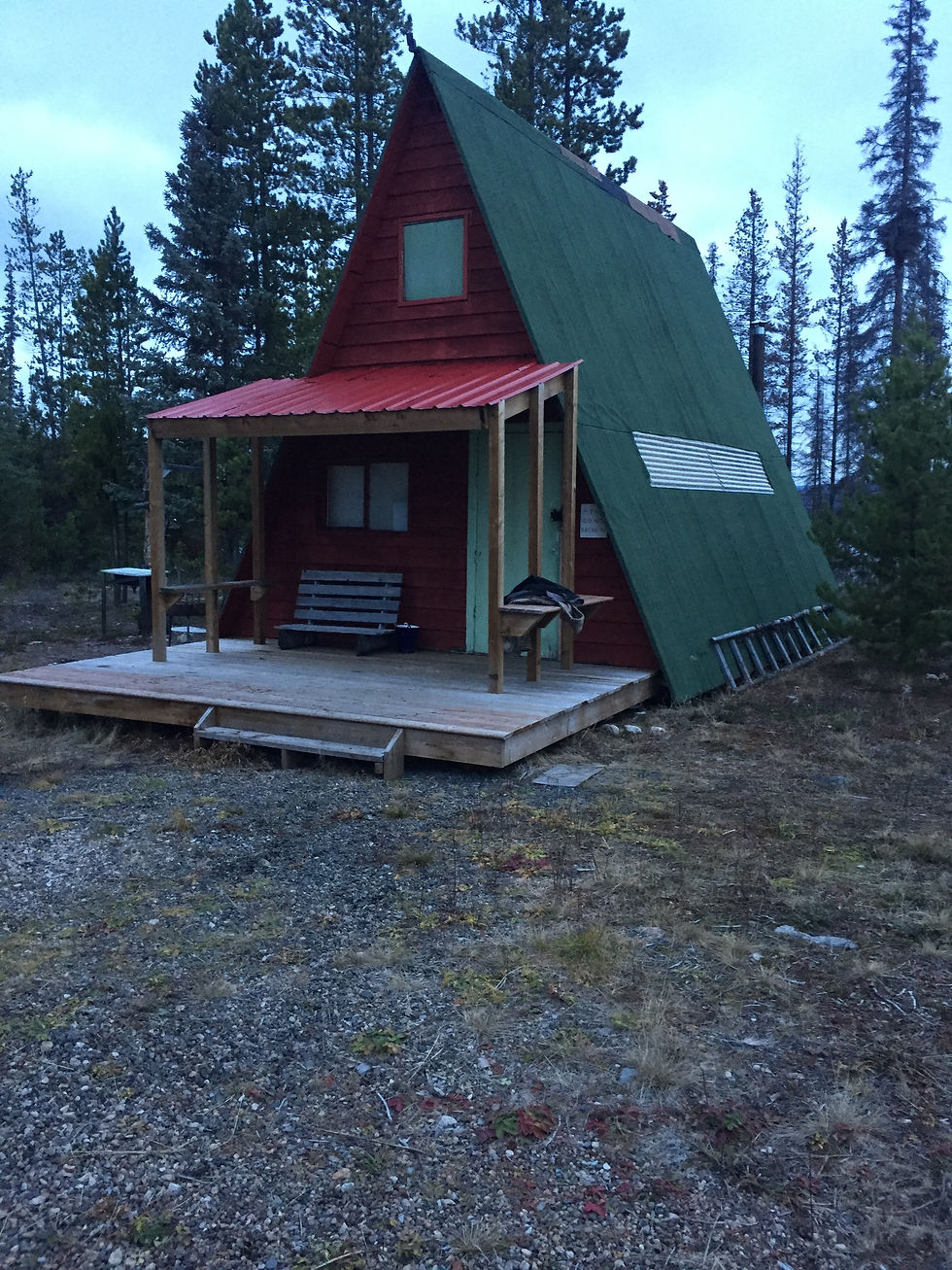Moose Hunting Tips for Beginners
- Lyman Miller
- Sep 11
- 2 min read
Every experienced moose hunter has their own tried-and-true methods, shaped by the terrain, time of year, and how they get around—whether by boat, vehicle, or on foot. The rut, for instance, might call for a different approach than early or late season hunts. But no matter where or when you’re hunting, a few universal truths can set beginners up for success. Here’s what I’ve learned from years in the wilds of North Central British Columbia.:

• Mind Your Scent: Scent control is critical. If a moose catches your smell, your chances of a successful hunt drop dramatically. They’ll likely bolt before you even get a shot. Stick to scent-free clothing, use wind direction to your advantage, this is very important.
• Keep Quiet (Unless You’re Calling): Sound is another key factor. Unless you’re mimicking a moose call during the rut or brushing branches to sound like a rival bull, stay as silent as possible. Loud steps or snapping twigs can spook a moose long before you see it. Move slowly and deliberately to avoid giving yourself away.
• Hunt the Rut: The rut, typically peaking in late September to early October, is prime time for moose hunting. Bulls are on the move, searching for cows, which increases your odds of an encounter, even if you’re not an expert caller or tracker. If you’re in a good area—think swampy lowlands or near waterways—you might stumble across a bull traveling between f spots looking for a cow.
• Master Calling with Patience: If you’re new to calling, simplicity and patience are your friends. During the rut, make a cow call or bull grunt, then wait at least 15 minutes before calling again. If you hear a response, listen closely and adjust your calls to keep the conversation going. Practice a few basic calls before heading out, but don’t overcomplicate it—moose aren’t picky about perfect pitch.
• Focus on Key Areas: Look for moose in swampy areas, marshes, or near waterways, where they feed on aquatic plants and willows. These spots are gold during early mornings or late evenings when moose are most active.
• Keep Gear Simple: You don’t need the latest high-tech gadgets to bag a moose. A good set of warm, weather-appropriate clothes, reliable binoculars, and a strong back for packing out meat are the essentials. Add a little patience and time, and you’re set to hunt smart.
Moose hunting is as much about understanding the animal as it is about enjoying the process. Start with these basics, stay persistent, and you’ll be on your way to a successful hunt.



Comments